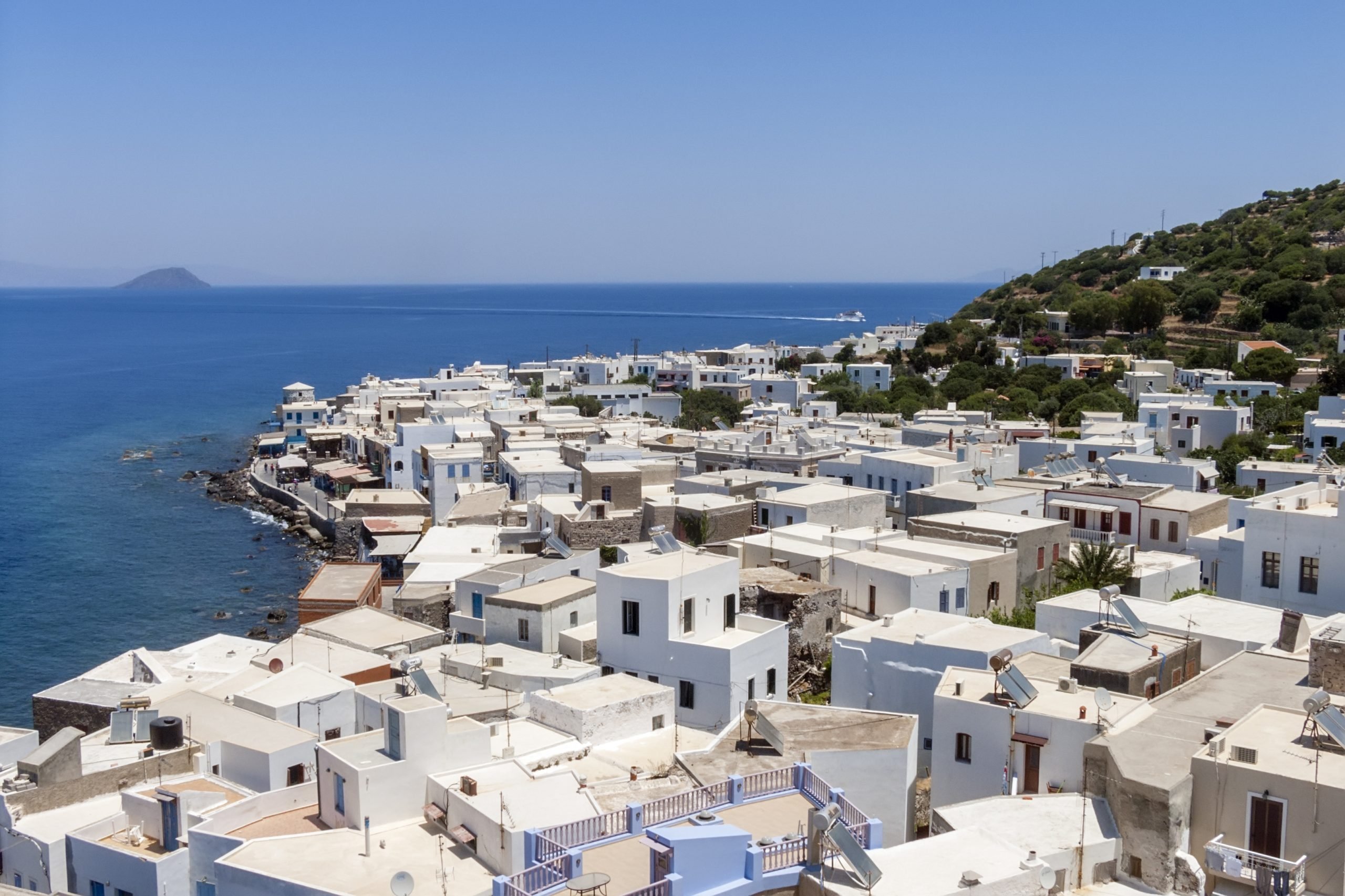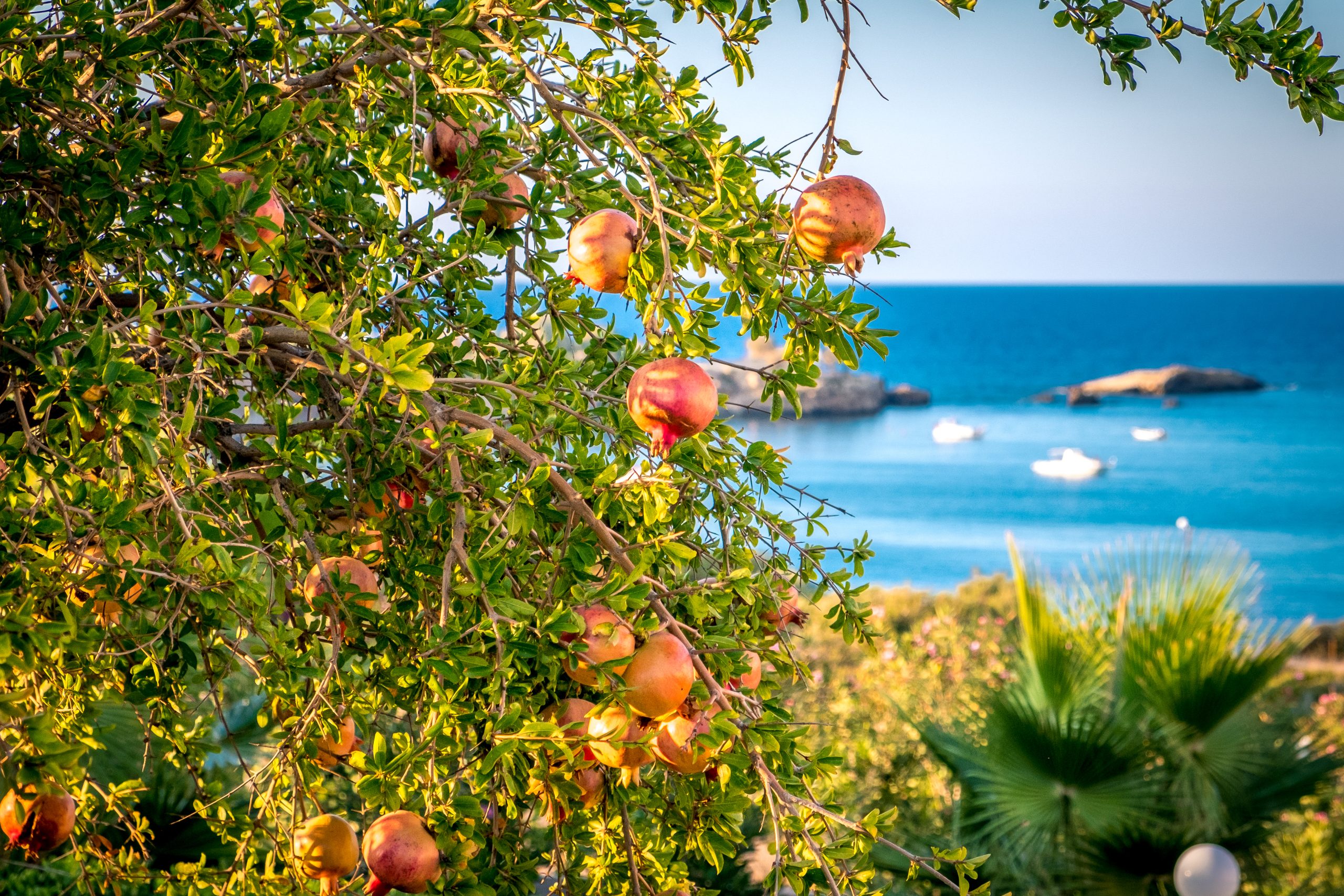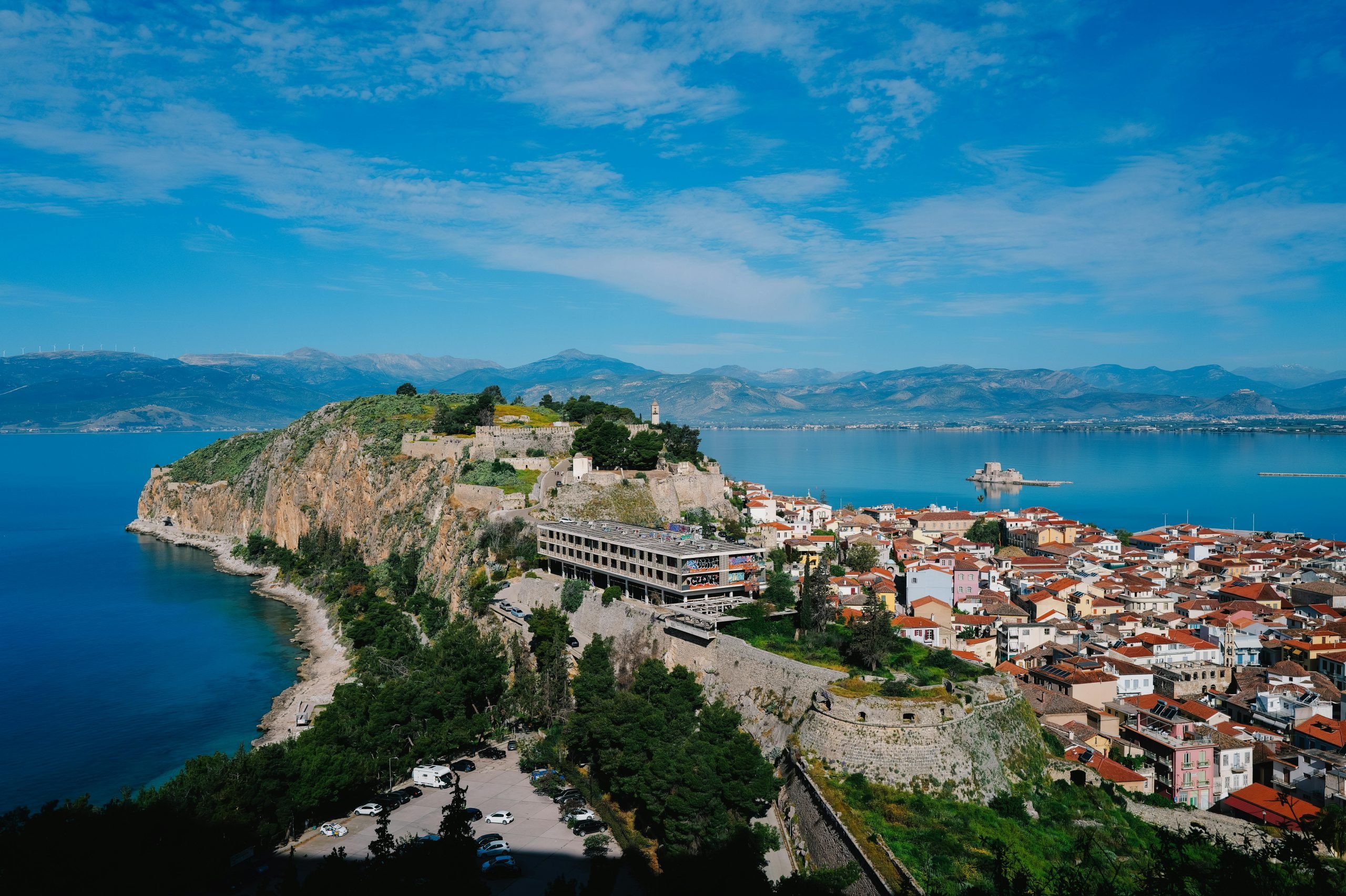Crete food represents the purest expression of Mediterranean cuisine, combining the island’s exceptional local ingredients with centuries-old culinary traditions. Cretan cuisine stands apart through its emphasis on wild greens, world-renowned olive oil, exceptional cheeses, and dishes that reflect the island’s unique history and geography. From dakos and lamb with stamnagathi to the celebrated graviera cheese, Crete’s culinary heritage offers authentic flavours that have influenced Mediterranean cooking worldwide.
What makes Cretan cuisine different from other Greek food?
Cretan cuisine differs from mainland Greek food through its distinctive use of wild greens, exceptional olive oil quality, and cooking methods rooted in the island’s pastoral traditions. The island’s isolated geography has preserved ancient recipes whilst its diverse landscape produces ingredients unavailable elsewhere in Greece.
The foundation of authentic Cretan cuisine lies in its abundant wild greens, known locally as horta. These include stamnagathi (spiny chicory), vlita (amaranth), and countless other varieties that grow naturally across the island’s mountains and countryside. Mainland Greek cuisine rarely incorporates such an extensive variety of foraged greens into everyday cooking.
Crete’s pastoral heritage also distinguishes its food culture. The island’s traditional emphasis on sheep and goat herding has created a rich cheese-making tradition, producing varieties like graviera and mizithra that are central to local dishes. The cooking methods often reflect this rural lifestyle, with many dishes slow-cooked in clay pots or prepared using techniques passed down through generations of shepherds and farmers.
The island’s position at the crossroads of Europe, Africa, and Asia has influenced its culinary development differently than mainland Greece. Venetian, Ottoman, and Arab influences appear in unique combinations, creating dishes and flavour profiles that are distinctly Cretan rather than broadly Greek.
What are the most famous traditional dishes you must try in Crete?
Traditional Crete dishes centre around dakos, lamb with stamnagathi, boureki, and kalitsounia, each representing centuries of local culinary evolution. These dishes showcase the island’s exceptional ingredients and reflect its pastoral and agricultural heritage through distinctive preparation methods.
Dakos, perhaps the most iconic Cretan dish, consists of hard barley rusks topped with grated tomato, mizithra cheese, and generous amounts of olive oil. This simple combination represents the essence of what to eat in Crete – quality ingredients prepared with minimal intervention to highlight their natural flavours.
Lamb with stamnagathi combines tender meat with the island’s beloved wild greens, creating a dish that embodies Crete’s pastoral traditions. The stamnagathi adds a slightly bitter, complex flavour that perfectly complements the rich lamb, whilst the cooking method ensures both ingredients retain their distinct characteristics.
Boureki, a layered dish of courgettes, potatoes, and cheese, demonstrates the Cretan approach to vegetable cookery. Baked slowly until golden, it transforms simple ingredients into something extraordinary through careful seasoning and the liberal use of local olive oil.
Kalitsounia, small cheese-filled pastries that can be sweet or savoury, showcase Crete’s exceptional cheese-making traditions. Whether filled with mizithra and herbs or sweetened with honey, they represent the versatility of local ingredients and traditional baking techniques.
Which Cretan ingredients and products are considered the best in Greece?
Crete produces Greece’s finest extra virgin olive oil, graviera cheese, and barley rusks, along with exceptional wild herbs and honey. These local Crete food products are celebrated throughout Greece for their superior quality, traditional production methods, and distinctive flavours that reflect the island’s unique terroir.
Cretan olive oil stands as the island’s most renowned export, consistently ranking among the world’s best. The island’s ancient olive groves, some over 1,000 years old, produce oil with exceptionally low acidity and complex flavour profiles. The combination of ideal climate, traditional harvesting methods, and indigenous olive varieties creates oil that Greek chefs across the country specifically seek out.
Graviera cheese from Crete represents the pinnacle of Greek cheese-making. Made from sheep and goat milk using methods unchanged for centuries, it develops a rich, nutty flavour that intensifies with age. This cheese has earned protected designation status and is considered superior to graviera produced elsewhere in Greece.
The island’s barley rusks, known as paximadia, are crafted using traditional double-baking methods that create their characteristic texture and extended shelf life. These rusks form the foundation of dakos and numerous other dishes, prized for their ability to absorb flavours whilst maintaining structural integrity.
Cretan wild herbs, including dittany and mountain tea, grow in the island’s pristine mountain environments. These herbs are sought after throughout Greece for their potency and purity, often used both culinarily and medicinally.
What role does olive oil play in authentic Cretan cooking?
Olive oil serves as the cornerstone of authentic Cretan cooking, used not just as a cooking medium but as a primary flavour component in nearly every dish. Cretan specialties rely on the island’s exceptional extra virgin olive oil to provide richness, depth, and the characteristic taste that defines the local cuisine.
Unlike many cuisines where oil serves merely as a cooking fat, Cretan cooking treats olive oil as an essential ingredient. It’s drizzled generously over finished dishes, used to dress salads and vegetables, and forms the base for numerous traditional preparations. The oil’s quality directly impacts the final dish’s flavour, making the choice of oil crucial to authentic results.
The island produces several distinct olive oil varieties, each with unique characteristics. Koroneiki olives yield oil with intense, peppery notes, whilst Tsounati varieties produce milder, fruitier oils. Traditional cooks select different oils for different purposes, understanding how each variety enhances specific dishes.
Cretan olive oil production methods emphasise minimal processing to preserve maximum flavour and nutritional value. Many producers still use traditional stone mills and hydraulic presses, avoiding the high temperatures that can compromise oil quality. This careful production creates oils with exceptional antioxidant levels and complex flavour profiles that industrial processing cannot match.
Voor wie overweegt buying property in Crete, understanding the local food culture, including the central role of olive oil, provides valuable insight into daily life on the island.
Where can you experience the most authentic Cretan food culture?
Authentic Cretan food culture thrives in village tavernas, local markets, and family-run establishments away from tourist centres. Traditional kafeneia, mountain villages, and local festivals offer genuine experiences where Cretan culinary traditions remain unchanged by commercial tourism influences.
Village tavernas in inland communities like Anogia, Archanes, and Zaros serve food prepared using traditional methods and local ingredients. These establishments often source produce from their own gardens and nearby farms, ensuring authenticity that tourist-focused restaurants cannot match. The owners frequently cook recipes passed down through generations, maintaining preparation methods that reflect true Cretan culinary heritage.
Local markets in Chania, Rethymno, and Heraklion provide direct access to authentic ingredients and traditional products. Here, local producers sell items like wild greens, artisanal cheeses, and small-batch olive oils that form the foundation of genuine Cretan cooking. Engaging with vendors often reveals traditional preparation methods and seasonal cooking advice.
Mountain villages during religious festivals or local celebrations offer unparalleled insight into authentic food culture. Events like village panigiri (religious festivals) feature communal cooking using traditional methods, with dishes prepared in large quantities using time-honoured techniques. These gatherings showcase food as central to community life and cultural continuity.
Family-run establishments that have operated for generations maintain authentic cooking standards through necessity rather than choice. These venues often feature limited menus based on seasonal availability and traditional recipes, providing experiences that reflect genuine local food culture rather than adapted tourist expectations.
How has Cretan cuisine influenced the broader Mediterranean diet?
Cretan cuisine provided the foundation for modern understanding of the Mediterranean diet through landmark health studies conducted on the island. The traditional Cretan eating patterns, emphasising olive oil, wild greens, and minimal processing, became the model for what nutritionists worldwide now recognise as optimal Mediterranean nutrition.
The famous Seven Countries Study, which began in the 1950s, identified Crete as having the lowest rates of heart disease and longest life expectancy among studied populations. Researchers attributed these health outcomes to the island’s traditional diet, which featured abundant olive oil, wild greens, fresh vegetables, and moderate amounts of cheese and wine.
This research established the Cretan diet as the gold standard for Mediterranean eating patterns. The study’s findings influenced dietary recommendations worldwide and sparked global interest in Mediterranean cuisine’s health benefits. Nutritionists began promoting the Cretan approach of using olive oil as the primary fat source, consuming abundant plant foods, and emphasising seasonal, minimally processed ingredients.
The Cretan emphasis on wild greens, in particular, introduced the concept of nutrient-dense, foraged foods to broader Mediterranean dietary understanding. Many of the island’s traditional greens contain higher levels of omega-3 fatty acids and antioxidants than cultivated vegetables, contributing to the diet’s exceptional health profile.
Modern Mediterranean diet guidelines continue to reference traditional Cretan eating patterns, particularly the generous use of olive oil, the inclusion of diverse plant foods, and the practice of eating seasonally. The island’s culinary traditions thus shaped not only regional cuisine but global understanding of healthy eating principles.
Understanding Crete’s rich culinary heritage adds depth to any experience of the island, whether visiting or considering making it home. For those exploring the possibility of owning property in this remarkable place, we invite you to neem contact op met our team for guidance on finding the perfect location to enjoy authentic Cretan food culture.


































